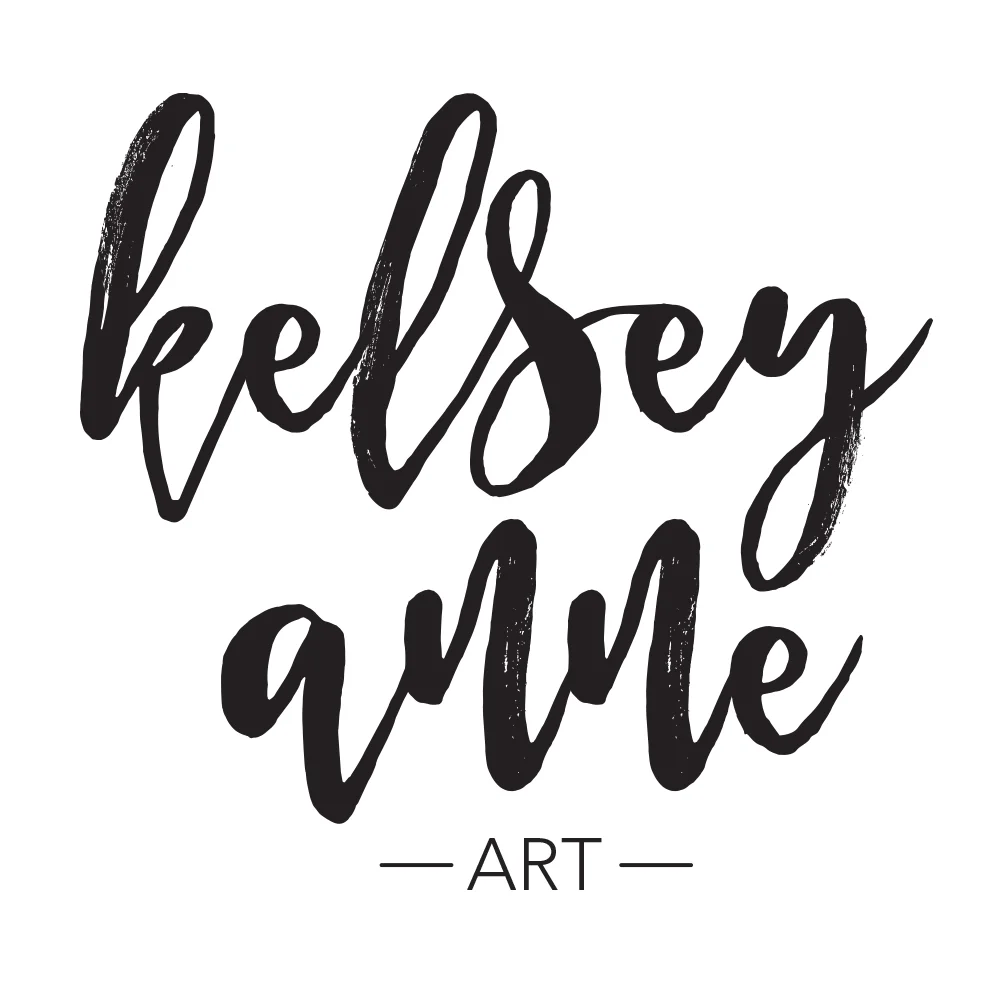Along with figuring out who I was (if I had a sense of humor, if I was a girl the popular boys were going to pay attention to, if I was the straight A student or the rebellious kid, if I was going to live my life as a white, pasty girl or fake bake, etc.) in seventh grade, I was also figuring out what my handwriting style was going to be. Correct me if I’m wrong, but I don’t think most seventh-graders worry about making their handwriting memorable and cute and feminine and serious and responsible—all at the same time whilst timing how long that hot boy looked at them to see if it was a romantic lingering look or just a casual glance. So yes, I’m quite quirky.
I played with the descenders on my Y’s. Should I have it curl? Or have it become sort of the underline, going straight under the word? I toyed with making the dots of my I’s and J’s hollow, and that just looked childish. I couldn’t possibly have that as a young adult. Perish the thought. After seeing how a girl wrote her 8’s in choir class, I decided that no longer would I write them out like a vertical infinity sign, no. Instead, I would stack two perfect circles on top of each other to form my 8.
Just like my middle school exploration into finding my trademark handwriting, we as graphic designers are always searching for our unique style. But is that what we should be looking for? The argument is on going.
Many famous and talented graphic designers say that having your own uniqueness is very important because you need it as a way to stand out. Brazilian designer, Guilherme Marconi, elaborates, “That’s why clients, agencies and the people that buy art always choose you. You have created a style that they want for their next ad, or on their walls at home.”
On the other end of the spectrum, other graphic designers that are just as famous and talented say that trying to establish your own look is not important at all. Brian Smith concludes, “A designer’s style being important is totally irrelevant. The importance of the designer to express his or her self supersedes any particular style he/she chooses to adopt.”
A lot of other graphic designers say both are vital; being unique, but also being versatile enough to know what a specific brand needs or to embrace current design trends. Also, once you have found your niche, it might be easy to just relax in comfort, but we mustn’t do that! We should always be challenging and stretching ourselves to create new designs and new uniqueness.
For me personally, I am going to continue trying to polish my own style when it comes to personal work. The idea of someone being able to look at one of my pieces and say, “Hey! That’s a Kelsey!” just makes my little heart do flip flops. Granted, I may have to change my name to something a lot more hip if I want that to happen. And when it comes to client work, I will strive to deliver the look that I feel the specific brand or client needs to be successful.
To figure out your style, I suggest the following:
- Study art history, from prehistoric cave drawings to today’s trends. See what you gravitate to and then imitate the images you saw.
- Get away from the computer and put a paintbrush, or heck, even a crayon in your hand. Sketch something and make it look as close to real life as possible. Then from there, simplify. And from there simplify more. See what you come up with.
- Experiment! Experiment with different textures, colors, shades of colors, perspectives, materials, etc.
- You’ll be naturally drawn to certain styles, so figure out what those are and then make them yours by adding your own personal touch – whatever that may be. For me personally, I wish I could’ve lived in the 50s. I just love everything about that time. Along with that, I love retro graphics, so that’s what I’ve been trying to get better at.
What do you think the key to being a sought after graphic designer is?
And more importantly, what should my new, hip name be?
